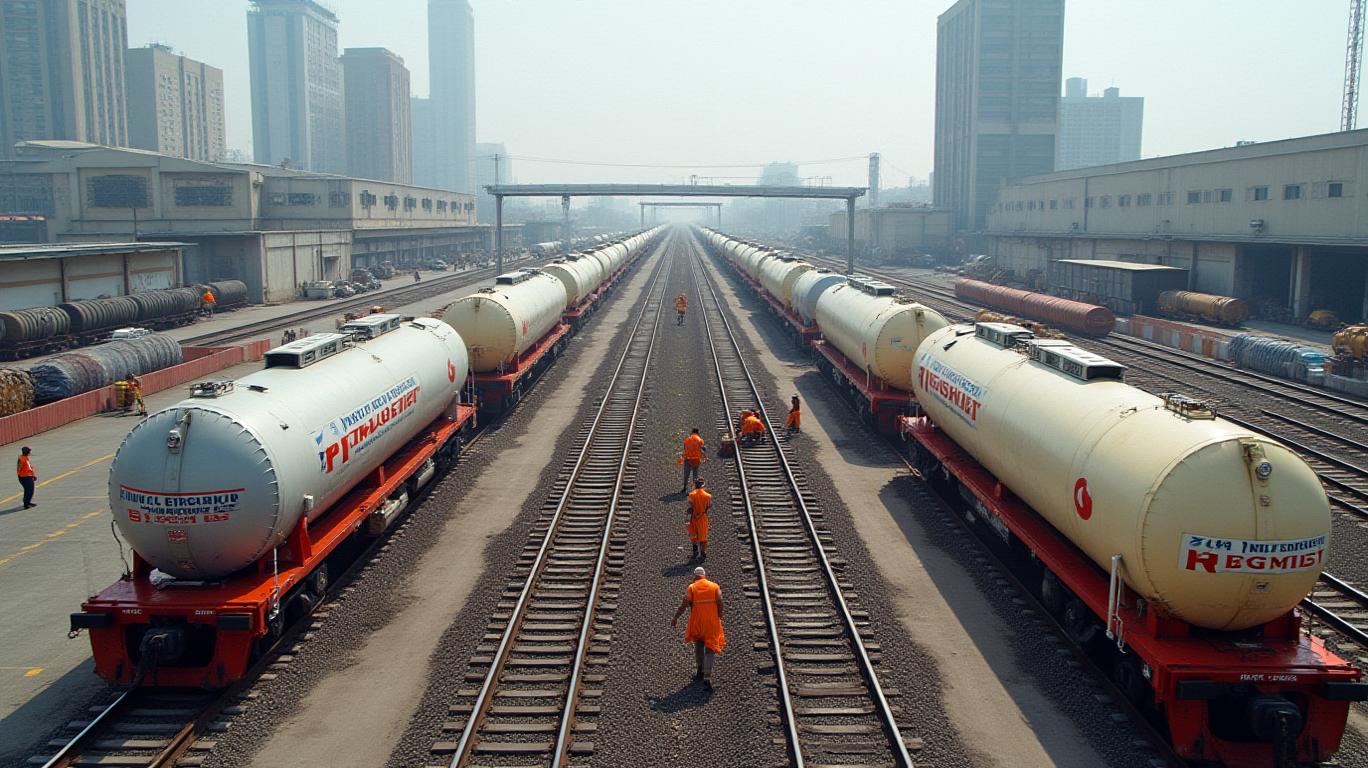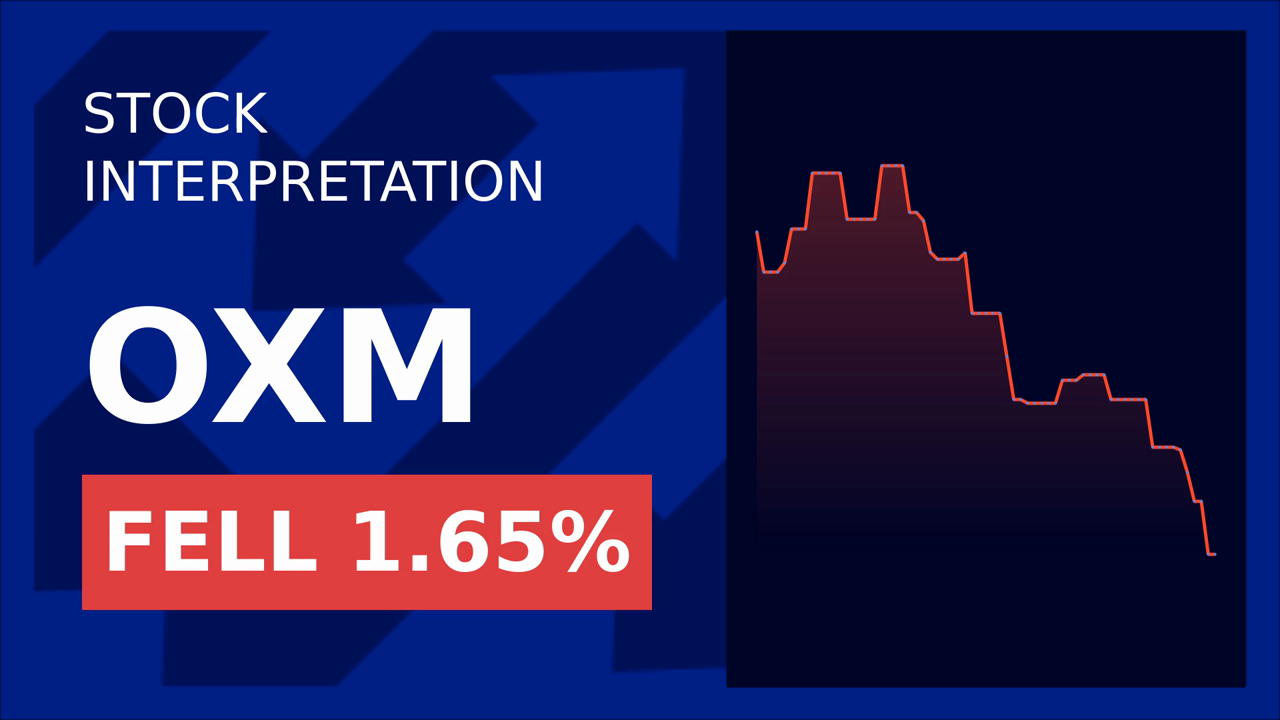Trinity Industries’ Q1 Revenue Slump Signals Lingering Industry Headwinds
Trinity Industries (TRN) reported a 6% year-over-year revenue decline in Q1 2025, missing estimates by $44 million, as its core railcar manufacturing business faced headwinds from delayed customer decisions and margin pressures. Shares fell 8% in after-hours trading, underscoring investor concerns about the durability of the company’s recovery in a sluggish industrial environment.
The earnings miss was driven largely by a 38% plunge in external railcar deliveries—a critical revenue lever for its Rail Products Group. Just 3,060 railcars were delivered to external customers in Q1, down sharply from prior periods. CEO Gene Savage attributed this to “ongoing industrial uncertainty,” which has slowed order conversions despite strong early-year inquiry levels.

The drop in deliveries had a cascading effect. First-quarter railcar orders fell to 6,950 units, the lowest in years, compressing margins as lower production volumes forced Trinity to absorb fixed costs. The Rail Products Group’s operating margin dropped to 6.2%, down from 10.4% in Q4 2024, with workforce rationalization costs and competitive pricing further squeezing profitability. Compounding the issue, 29% of Rail Products revenue was erased due to internal allocations to Trinity’s own lease fleet, reducing the segment’s external revenue contribution.
Macroeconomic factors exacerbated the pain. CFO Eric Marketo noted that industrial and logistics customers remain hesitant to commit capital amid lingering inflation and interest rate uncertainty. While inquiries for railcars remain robust, the conversion of those inquiries into orders has stalled. Meanwhile, North America’s railcar fleet continues to shrink—due to higher attrition than deliveries—while storage levels hit 19% of the fleet, signaling a supply-demand imbalance that could further pressure pricing in the leasing segment.
The leasing business, which accounts for roughly half of Trinity’s revenue, proved more resilient. Leasing income held steady as lease rates rose 29.5% on renewals, and storage revenue gains added $6 million. However, this wasn’t enough to offset manufacturing’s struggles. Maintenance services also lagged, with weather disruptions and higher compliance costs for tank cars weighing on external repair volumes.
Looking ahead, management described Q1 as the “lowest point” of the year, with expectations of gradual improvement. Yet the industry’s 2025 delivery guidance was slashed to 28,000–33,000 units (from a prior 30,000–35,000), reflecting persistent demand concerns. Trinity’s liquidity ($920 million) and a robust lease fleet—operating at 96.8% utilization—provide a buffer, but the path to revenue recovery hinges on two variables: a pickup in railcar orders and stabilization in industrial spending.
Investors should note that Trinity’s challenges are not unique. The broader railcar industry faces a “new normal” of slower growth, as companies grapple with fleet rationalization and delayed capital spending. While Trinity’s leasing segment and strong balance sheet offer stability, the manufacturing segment’s reliance on external orders leaves it vulnerable to continued industrial weakness.
Conclusion: Trinity’s Q1 results underscore the fragility of recovery in North America’s railcar market. With railcar deliveries down 38%, margins compressed to 6.2%, and industry delivery guidance cut by 7,000 units, the company’s path to growth remains fraught. However, its $920 million in liquidity and a lease fleet generating 29.5% rate increases on renewals suggest it can weather the storm. The key question is whether delayed orders will resurface in 2025 or if Trinity’s manufacturing business faces a prolonged slump. Until order volumes rebound meaningfully, TRN’s stock—down 25% year-to-date—may remain under pressure. For now, the data suggests caution: the company’s revenue decline is structural, not cyclical, and recovery hinges on factors largely beyond its control.










